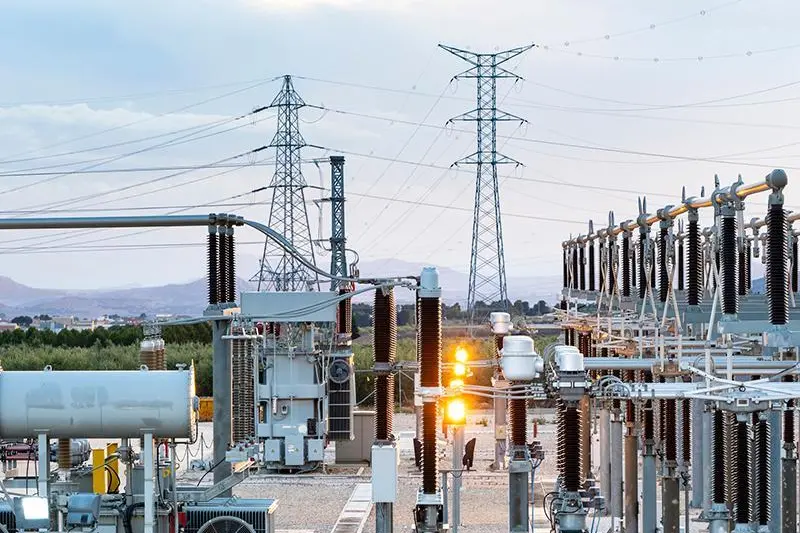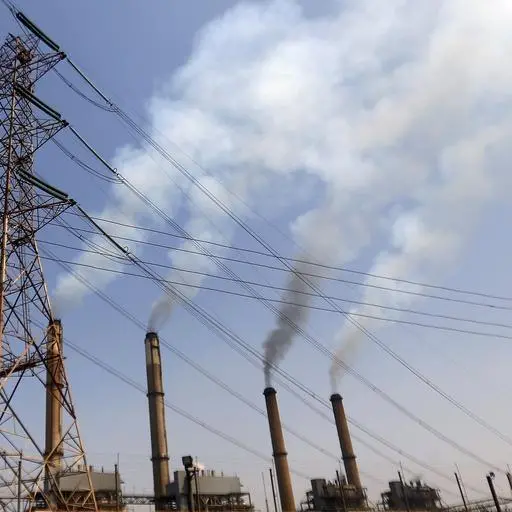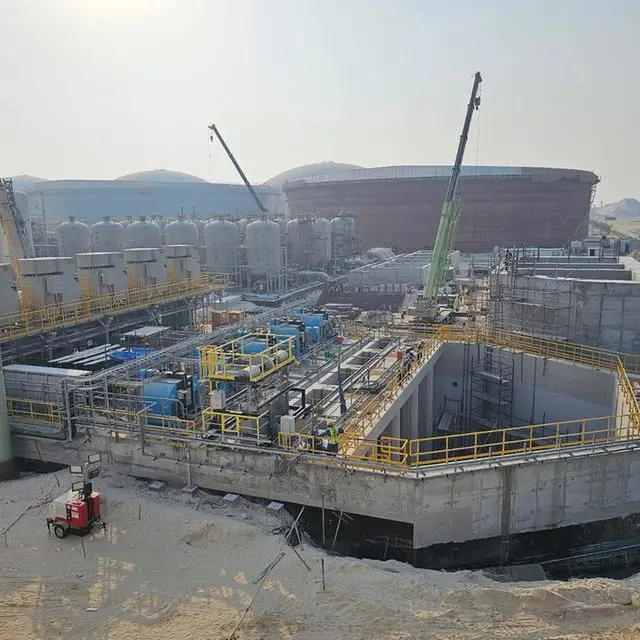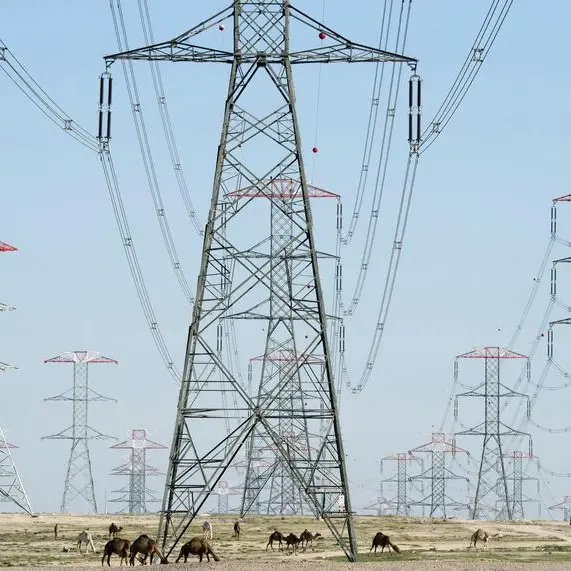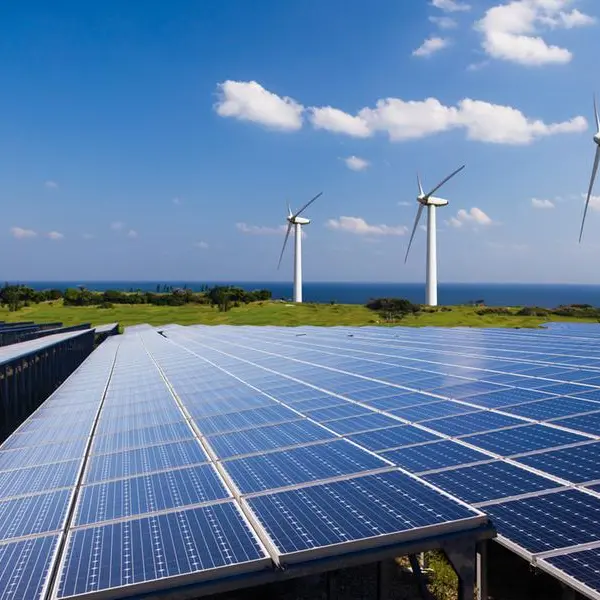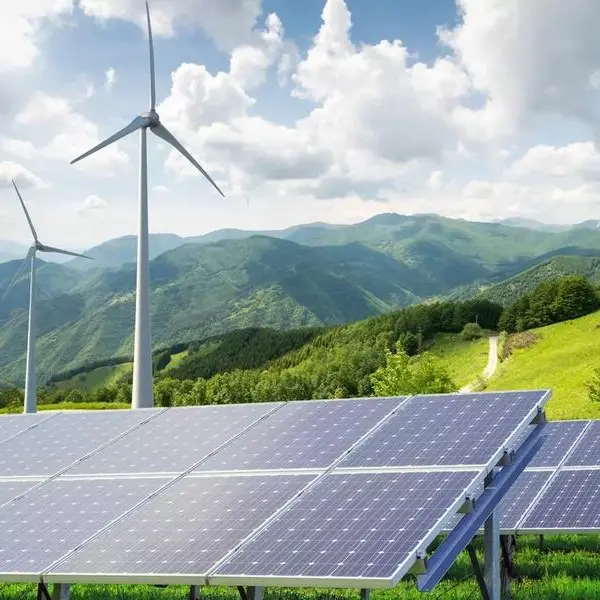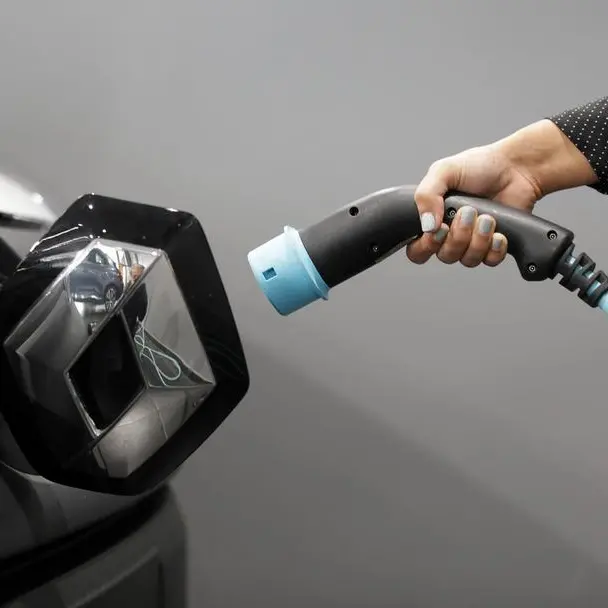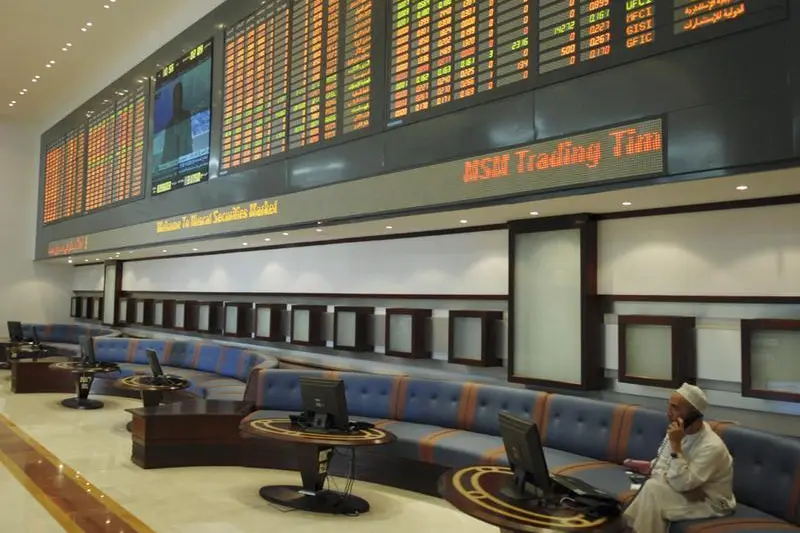PHOTO
Egypt’s Minister of Electricity and Renewable Energy, Mahmoud Esmat, has overseen the commencement of installation of the first transformer at the Egypt-Saudi Arabia electricity interconnection station in Badr City, a major step forward in the construction of the landmark project.
The 500-kilovolt facility, once completed, will be the first of its kind in the Middle East in terms of size and technology for manufacturing, operation and use on interconnectors with electrical grids.
The ceremony was attended by Sabah Mashali, Deputy Minister of Electricity and Renewable Energy, Gaber Desouky, Chairperson of the Egyptian Electricity Holding Company, and representatives from the implementing companies.
The project, which is expected to be operational in two phases, will create new opportunities for Egypt and Saudi Arabia, with the first phase scheduled to begin in July 2025. The project is expected to be fully operational by early 2026 and is estimated to cost $1.8bn.
The project’s maximum capacity is expected to reach 3,000 megawatts, enabling Egypt to export electricity to Asia and Europe and expand interconnection with neighbouring countries. It will also play a significant role in addressing Egypt’s ongoing electricity crisis.
Sabah Mashali, Deputy Minister of Electricity and Renewable Energy, has earlier outlined the project’s operational timeline to journalists.
The project is currently in the final stages of installing the large pipes through which eight submarine cables will run, connecting Saudi Arabia and Egypt.
The total length of these cables will be approximately 22 km and they will be laid beneath the coral reefs in the Red Sea, in the Gulf of Aqaba.
The first phase of the project is expected to begin operation in July 2025 with a generating capacity of 1,500 megawatts. The final phase is anticipated to be operational by early 2026.
The project consists of three large, high-voltage transformer stations: one in eastern Madinah, Saudi Arabia, another in Tabuk, Saudi Arabia, and the third in Badr City, east of Cairo. The stations are connected by 1,350 km of overhead lines and submarine cables. The project is being implemented by a consortium of three global companies.
Egypt aims to leverage its daily electricity production capacity of 58,000 megawatts, while its current daily consumption is 33,000 megawatts. The total generating capacity of Egypt and Saudi Arabia’s electricity grids represents 38% of the total electricity produced in the Arab world.
© 2024 Daily News Egypt. Provided by SyndiGate Media Inc. (Syndigate.info).
